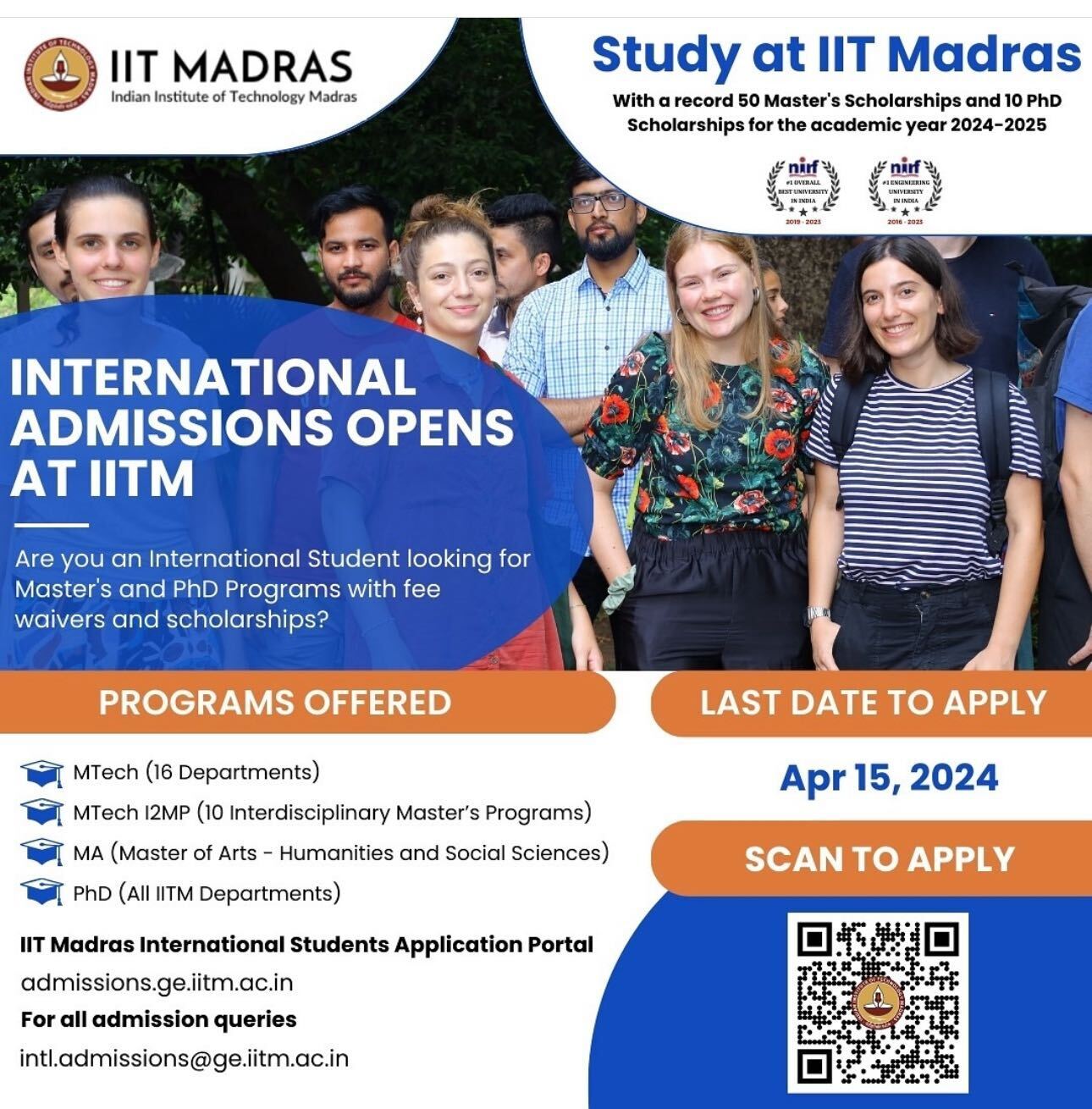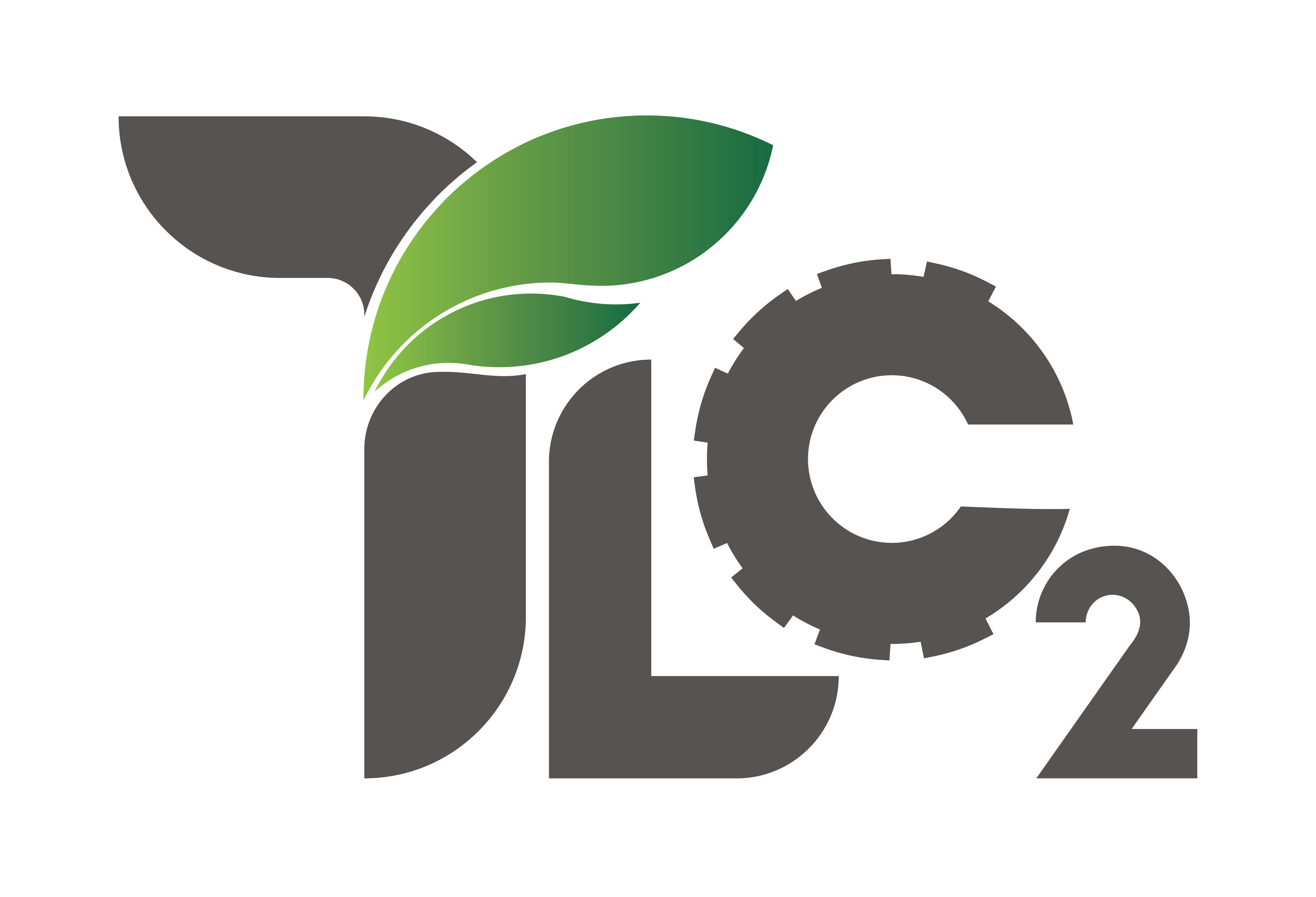Open Positions
We are seeking highly motivated students to pursue MS or PhD in Building Technology, Construction Materials and Management (BTCM) Group at IIT Madras in the following topics
♦ MS/PhD
Currently, there are no advertised positions. Please check https://civil.iitm.ac.in/announcement.php for
the short-listed candidates called for an interview for the academic year 2024-25.
Faculty advisor: Radhakrishna G Pillai
E-mail: pillai@civil.iitm.ac.in
Description:
Corrosion of steel in concrete structures is analogous to ‘cancer’ in humans and costs about 5 % of GDP. Galvanic cathodic protection can stop the corrosion of steel, extend the service life, and reduce the carbon footprint and life cycle cost of concrete structures. This study will aim to make galvanic anodes with a zinc piece encapsulated in a special mortar with interconnected pores, activators, and humectants. I am looking for students who can perform analytical and experimental studies on the cement chemistry of mortar, electrochemistry/corrosion of zinc in mortar, time-variant clogging and evolution of pore structure of mortar, simultaneous transport of zinc corrosion products and various ions through porous mortar.
Keywords:
Concrete, steel, corrosion, repair, cathodic protection, service life, durability, low-carbon
Any other information:
This project will lead to at least one MS thesis and one Ph.D. thesis. I am looking for persons with a good background in either civil engineering, material science, or applied mechanics. More importantly, I am looking for a person with a passion for research towards developing technologies for preserving and conserving the huge inventory of aging/corroding concrete infrastructure. For more details, please visit my website or email me seeking an appointment for an online meeting.
Faculty advisor: Piyush Chaunsali
E-mail: pchaunsali@civil.iitm.ac.in
Description:
Calcium sulfoaluminate belite (CSAB) cements are low CO2 binders having useful properties such as rapid hardening and shrinkage-compensation. This project will involve the synthesis (in the furnace and rotary kiln) of CSAB cement (having varying compositions) using locally available raw materials, and monitoring of mechanical and durability properties of mortar/concrete made of laboratory-synthesized cement. The main objectives of the proposed research are to 1) establish composition-performance relationship of laboratory synthesized CSAB cement, 2) investigate the long-term durability of CSAB cement concrete, and 3) estimate the service life of the CSAB cement system.
Keywords:
Calcium Sulfoaluminate Cement, Low CO2 Cement, Durability
Pre-requisites, if any:
UG/PG Course on Concrete Technology
Faculty advisor: Nikhil Bugalia
E-mail: nbugalia@civil.iitm.ac.in
Description:
The construction sector in India, the second largest employment generator, faces significant challenges due to skill gaps, with 81% of the workforce considered poorly skilled. This leads to poor quality execution, safety issues, project delays, and cost overruns. The Indian government has recognized the potential of digital technologies like Virtual Reality (VR) in enhancing construction-related training for safety and quality. However, significant work is needed to scale the impact of VR technology, particularly in the Indian context. Key aspects include creating site-specific/trade-specific training programs, developing VR training scenarios that represent Indian conditions, and offering affordable training programs for small and medium construction companies. A hybrid training strategy, where VR complements existing industry training programs, needs to be developed and rigorously evaluated.
Keywords: construction, safety, VR, training, games
Pre-requisites, if any: willingness to learn
Faculty advisor: Murali Jagannathan
E-mail: muralij@civil.iitm.ac.in
Description :
When a contractual claim submitted by a party to a construction contract is meritorious, there should not be an issue in timely claim settlement. However, when submitted claims are frivolous, non-contractual, and (or) inflated, delayed settlement of claims and disputes from such opportunistic behaviour are inevitable. With dispute resolution already a time-consuming activity, opportunistic behaviour further increases the cost of dispute resolution, putting projects at stake. Therefore, the research question is, “What is the extent of opportunistic behaviour in contractual claims submission, and can it be measured so that mitigation mechanisms can be put in place to prevent delayed dispute resolution and unjust enrichment?”
Keywords:
Contract, Opportunistic Behaviour, Construction Industry, Claims, Disputes
Pre-requisites, if any:
Knowledge of statistical analysis tools and techniques
Any other information:
The research will involve a mixed methods approach wherein qualitative and quantitative techniques will be employed to answer the research question.
Faculty advisor: Murali Jagannathan
E-mail: muralij@civil.iitm.ac.in
Description:
Research on lean and sustainable construction is fast picking up, and researchers have shown results that can not only support the journey toward a sustainable future but also help increase construction productivity in an industry prone to time and cost overruns. Notwithstanding the developments, the construction practices at the site have not changed, and problems continue. The research question, therefore, is, ‘What does it take to implement sustainable construction practices at project sites practically?’ The researcher will be expected to explore various facets affecting implementing lean and sustainable construction practices and develop a validated framework to support implementation.
Keywords:
Lean, Sustainability, Construction Industry, productivity
Pre-requisites, if any:
Knowledge of statistical analysis tools and techniques
Any other information:
The research will involve a mixed methods approach wherein qualitative and quantitative techniques will be employed to develop the framework.
Faculty advisor: Ashwin Mahalingam
E-mail: mash@civil.iitm.ac.in
Description:
Companies tend to exhibit ‘institutionalized’ behaviours where they tend to use the same practices, organizational structures and contracts, over and over again. If the construction industry is to become more sustainable, firms need to change the way they work. This research will attempt to study ways in which engineering firms achieve ‘institutional change’. In addition firms today have a sustainability strategy. This project will also analyze these sustainability strategies to derive a blueprint for construction firms to transform their existing practices into sustainable ones.
Keywords: Sustainability, Institutions, Construction, Business Models
Pre-requisites, if any: None
Any other information: Independent thinking is required
Faculty advisor: Ashwin Mahalingam
E-mail: mash@civil.iitm.ac.in
Description:
In order to truly build low carbon buildings or infrastructure, architects, civil engineers, mechanical and electrical engineers, contract managers and others need to join hands and align their visions. This project will attempt to develop a framework for such coordination. The project will also attempt to design a measurement framework that will enable the measurement of the carbon footprint of a building at the design stage, and use this to guide the project team as to what strategies they can use in design, construction and operation, to minimize the carbon impact
Keywords: Sustainability, Low Carbon, Construction, coordination, Benchmarks and Metrics
Any other information: Independent thinking is required
Faculty advisor: Aslam Kunhi Mohamed
E-mail: akm@civil.iitm.ac.in
Description:
Using molecular dynamics simulation and density functional theory calculations we have a better understanding of the main hydration product of cement, the calcium silicate hydrates (C-S-H). We know that the atomic level features of C-S-H are similar to that of tobermorite minerals consisting of calcium silicate sheet structure which forms the repetitive layers separated by an interlayer space containing water and calcium or other ions. With the brick model, the defective nature of C-S-H is modelled by precisely defining the nature and location of several defects in a tobermorite-like structure, thus enabling us to make full three-dimensional bulk and surface structure of C-S-H. Now we would like to understand the formation pathway of C-S-H and what is the origin of its nano size. Relevant papers are given below.
Keywords:
Molecular dynamics, Density functional theory, molecular simulations, cement hydrates, cement chemistry, advanced sampling methods
Pre-requisites, if any:
Students with the following basic degrees can apply
- B.Tech. in Materials Science, Civil Engineering, Mechanical engineering, or similar
- Bachelors or masters in chemistry, physics
Any other information:
No coding skills are required, however some interest towards learning Python is preffered. LAMMPS, Quantum Espresso or similar packages will be used.
Relevant papers on C-S-H1–4:
1. Kunhi Mohamed, A., Parker, S. C., Bowen, P. & Galmarini, S. An atomistic building block description of C-S-H – Towards a realistic C-S-H model. Cem Concr Res 107, 221–235 (2018).
2. Kumar, A. et al. The Atomic-Level Structure of Cementitious Calcium Silicate Hydrate. The Journal of Physical Chemistry C 121, 17188–17196 (2017).
3. Kunhi Mohamed, A. et al. The Atomic-Level Structure of Cementitious Calcium Aluminate Silicate Hydrate. J Am Chem Soc 142, 11060–11071 (2020).
4. Morales-Melgares, A. et al. Atomic-Level Structure of Zinc-Modified Cementitious Calcium Silicate Hydrate. J Am Chem Soc 144, 22915–22924 (2022).
Faculty advisor: Keerthana Kirupakaran
E-mail: keerthanak@civil.iitm.ac.in
Description:
The use of tunnel boring machine (TBM) technology for tunnel lining construction is consistently rising in India. During the construction stage, concrete precast segments undergo splitting and spalling fracture due to highly concentrated compressive loads from the TBM jacks which in turn affect their durability and service life. The use of steel fibre-reinforced concrete (SFRC) precast segments is advantageous in such scenarios due to its higher toughness and better crack width control. The objective of this research is to investigate the fracture behavior of SFRC segments under highly concentrated compressive loads through experimental, analytical, and numerical methods.
Pre-requisites, if any:
Students with the following degrees can apply
- B.Tech in Civil Engineering
- M.Tech/M.Sc in Structural Engineering
Keywords:
Steel fiber reinforced concrete, splitting, spalling, fracture, toughness, crack width, tunnel segment
Any other information:
I am looking for passionate students with a good background in structural engineering or applied mechanics.
Faculty advisor: Ravindra Gettu and Keerthana Kirupakaran
E-mail: gettu@civil.iitm.ac.in and keerthanak@civil.iitm.ac.in
Description:
The fracture energy of concrete is generally considered to be a material parameter related to tensile stresses. However, recently Bazant has suggested that crack-parallel stresses can affect the response. This is of consequence in splitting and spalling of concrete under compressive stresses, such as in segmental tunnel lining, bearing stresses, and diagonal shear in beams. Work could include testing and analysis of fiber concrete blocks using servohydraulic systems and digital image correlation, analysis with the finite element method, and development of equations that could be used in practice, e.g., for the design for actuator forces on tunnel lining during boring.
Pre-requisites, if any:
Basic knowledge of reinforced concrete design, and finite element analysis.
Keywords:
Fracture of concrete, fiber-reinforced concrete, Splitting, Spalling, Cracking.
Any other information:
Students should be interested in laboratory work.
Faculty advisor: Radhakrishna G. Pillai and Ravindra Gettu
E-mail: pillai@civil.iitm.ac.in and gettu@civil.iitm.ac.in
Description:
Sustainability assessment of reinforced concrete has mostly centred on the use of waste materials and low-carbon cement, and reduction of clinker content in the concrete. However, sustainability should be assessed at the structural level incorporating durability and service life extension, which has been considered but often only in the material or sectional level. It is intended to develop a methodology to assess the entire structure considering durability and reduction in material usage, without affecting the structural requirements. Aspects that dominate local scenarios, such as the lack of water, may also have to be addressed.
Pre-requisites, if any:
Good knowledge of reinforced concrete design.
Keywords:
Sustainability, Carbon footprint, Durability, Reinforced concrete.
Any other information:
Students who have worked in the field would be preferred.
Address
- Building Technology, Construction Materials and Management (BTCM) Group
- Room 205, Building Sciences Block (BSB)
- Department of Civil Engineering
- Indian Institute of Technology Madras
- Chennai, Tamil Nadu - 600036, India
Information
- Call: +91 - 44 - 2257 5255
- Email: btcmoffice@civil.iitm.ac.in
How to apply
For Indian students, we accept applications through the IITM Research portal.
Apply now at https://research.iitm.ac.in/
For admission queries, write to tlc2@civil.iitm.ac.in
Admission for the International Student
Are you an International Student looking for master’s or PhD programs on the above topics?
IIT Madras provides scholarship to foreign students. About 50 Master’s Scholarships and 10 PhD Scholarships for A.Y. 2024–25 are planned!
Last date to apply: April 15, 2024
Apply now at https://admissions.ge.iitm.ac.in/
For admission queries, write to intl.admissions@ge.iitm.ac.in

♦ Postdoctoral researcher
Currently there are no advertised positions. Please watch this space for updates. However, interested candidates can still contact the respective faculty or send an email to tlc2@civil.iitm.ac.in .
